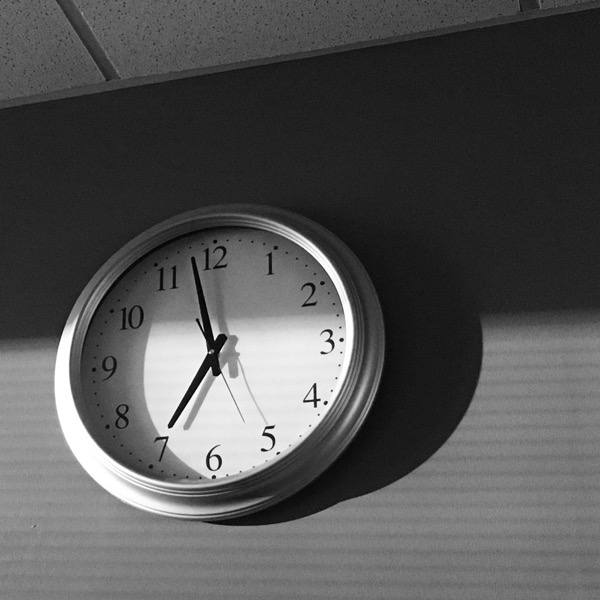
05 Jan How much time are we already wasting?
 In one of my favorite sections of The Passionate Learner, Robert Fried says:
In one of my favorite sections of The Passionate Learner, Robert Fried says:
If we are to act boldly on behalf of passionate learners, we will have to stop wasting so much time in school. . . . Most teachers and students waste 50 percent or more of their time in school. I say this with no disrespect. . . .
There are, of course, various ways of wasting time we all acknowledge as such:
- Teachers trying to get the class to settle down so the lesson can begin
- Teachers having to deal with kids who are disrupting the learning of others
- Students talking or daydreaming instead of doing their work
- Students who come to class without pencil, textbook, paper, or homework
. . .
But there are other manifestations of wasting time that we may have never even considered:
- Students having to listen to things that they either already know or can’t understand
- Teachers obliged to ‘cover’ material that’s required by the school or district but whose value and relevance they deeply question
- Students not caring about what’s being taught, seeing no connection to their lives
- Students who just don’t learn well by sitting still and who decide not to pay attention
- Teachers handing out ‘busy work’ to keep students occupied and in their seats
- Teachers grading assignments that have been carelessly or sloppily prepared
- Students who cram for the test but then forget everything as soon as the exam is over
. . .
Imagine asking yourself every class hour: How regularly do students come to school anticipating that they will be discovering valuable information, practicing useful skills, and engaging in interesting activities and challenging conversations? And imagine viewing everything that hinders or prevents these kinds of engagements as potential time wasters. (pp. 70-72)
I love that big question (and accompanying proposition) in that last paragraph. As we think about ‘learning loss’ during the pandemic, how much time are we already wasting with our students, particularly as we have moved into remote, hyflex, and blended class environments?
Image credit: Clock, Richard Wezensky
Related Posts
In one of my favorite sections of The Passionate Learner, Robert Fried says: If we are to act boldly on behalf of passionate learners, we will have to stop wasting so much time in school. . . . Most teachers and students waste 50 percent or more of their time in school. I say this with
 Learning and Teaching, engagement, learning, teachingRead More
Learning and Teaching, engagement, learning, teachingRead More

Sorry, the comment form is closed at this time.